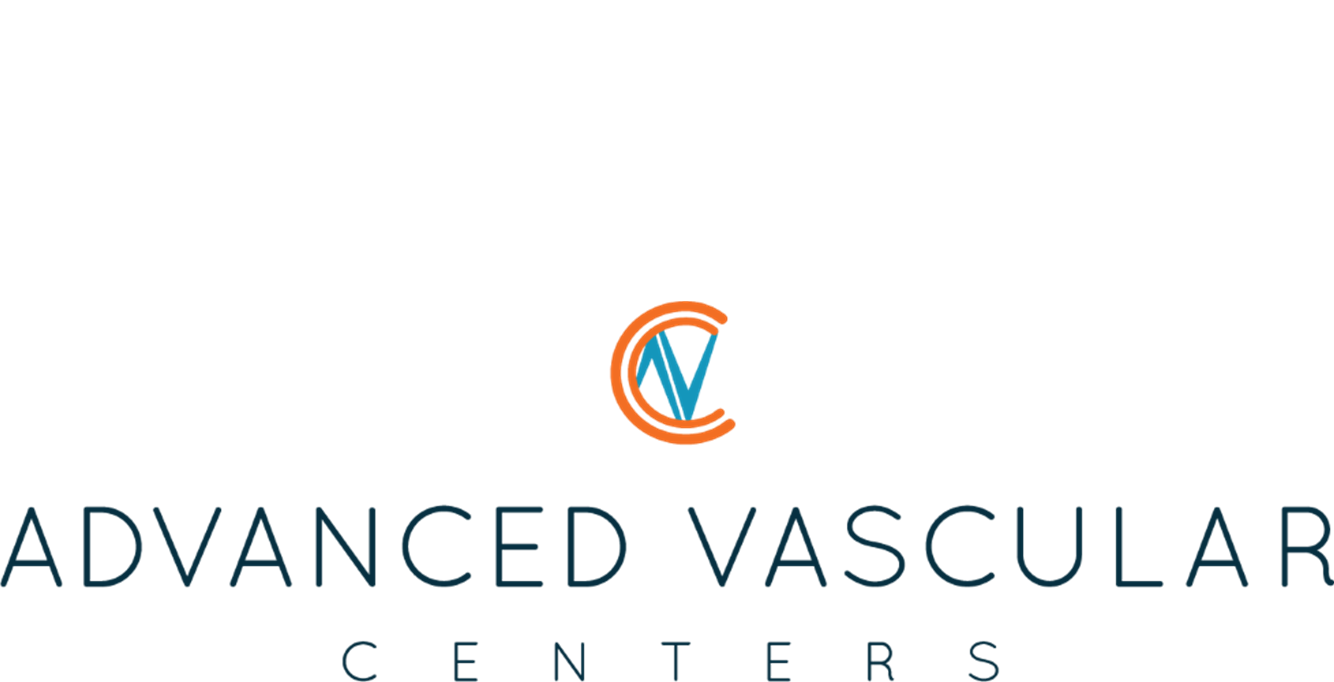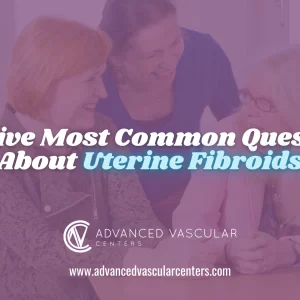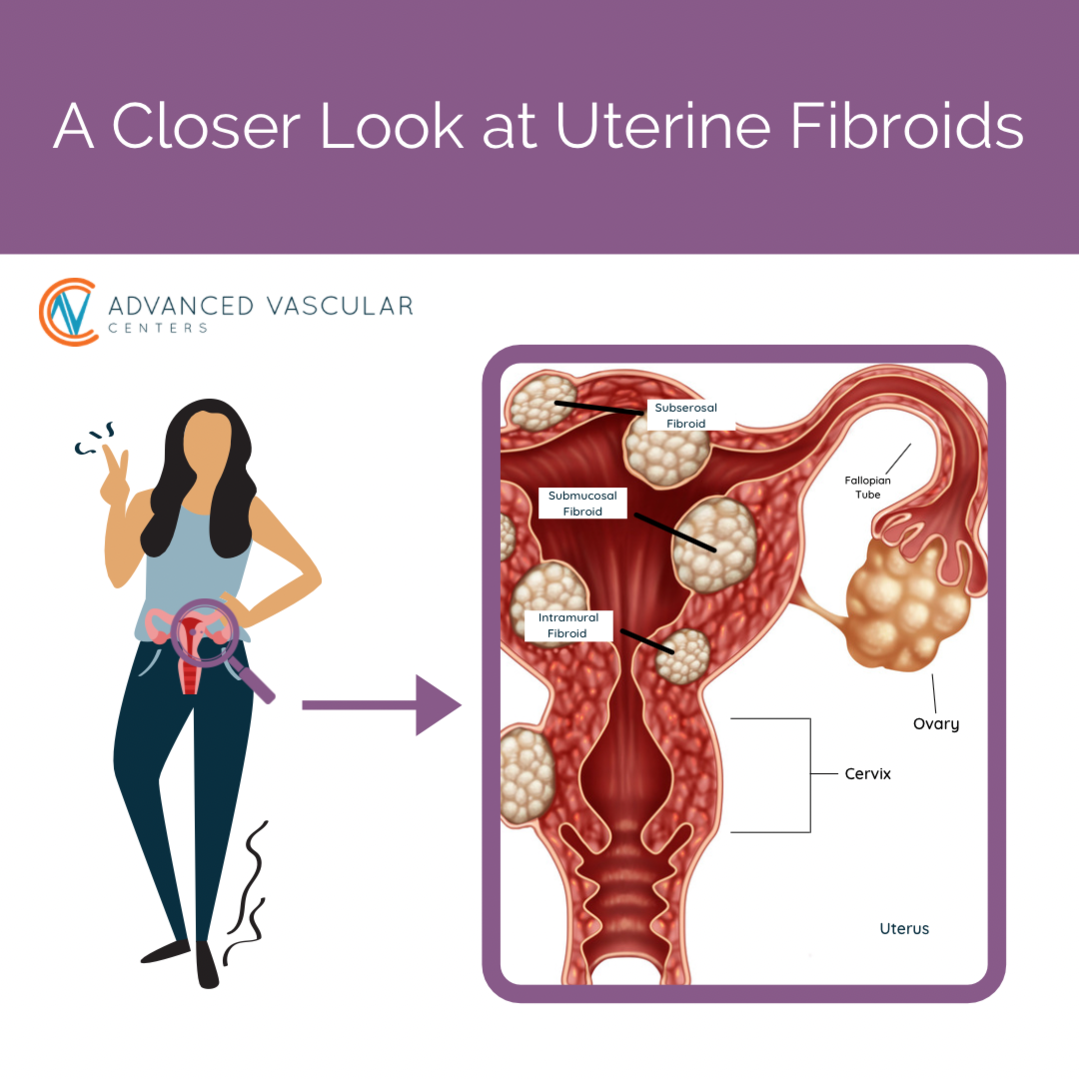ANGIOPLASTY
Angioplasty is a medical procedure used to widen narrowed or blocked arteries, typically to treat coronary artery disease (CAD) or peripheral artery disease (PAD). It is a minimally invasive procedure that involves inserting a balloon-tipped catheter into the affected artery and inflating the balloon to compress the plaque buildup and restore blood flow. This article explores the indications, procedure, types, risks, and post-procedural care associated with angioplasty.
Contact AVC to see if you are a candidate for Angioplasty.
Overview of
Angioplasty
Angioplasty, also known as percutaneous transluminal angioplasty (PTA), is a common procedure used to treat narrowed or blocked arteries. It is often performed in conjunction with stent placement to help keep the artery open and improve blood flow.
Indications for Angioplasty
Angioplasty is typically indicated in patients with:
- Coronary artery disease (CAD) causing angina or heart attacks
- Peripheral artery disease (PAD) causing leg pain or claudication
- Renal artery stenosis causing hypertension or kidney problems
- Carotid artery stenosis causing stroke or transient ischemic attack (TIA)
Types of Angioplasty
- Balloon Angioplasty: The most common type, where a balloon is used to widen the artery.
- Drug-Coated Balloon Angioplasty: A balloon coated with medication is used to help prevent re-narrowing of the artery.
- Cutting Balloon Angioplasty: A balloon with small blades is used to cut the plaque and widen the artery.
- Atherectomy: A catheter with a cutting device is used to remove plaque from the artery.
Benefits of Angioplasty
- Improved Blood Flow: Angioplasty helps restore blood flow through narrowed or blocked arteries, reducing symptoms such as chest pain or leg pain.
- Minimally Invasive: Angioplasty is a minimally invasive procedure, meaning it requires only a small incision and has a shorter recovery time compared to open surgery.
- Reduced Risk of Complications: Angioplasty carries a lower risk of complications compared to open surgery, such as infection or bleeding.
Post-procedural Care
After angioplasty, patients are typically monitored in a recovery area for a few hours before being discharged. They are advised to:
- Avoid strenuous activities for a few days
- Take prescribed medications, such as antiplatelet drugs, to prevent blood clots
- Follow up with their healthcare provider for regular check-ups and monitoring of their condition
Angioplasty is a common and effective procedure used to treat narrowed or blocked arteries, improving blood flow and reducing symptoms in patients with coronary artery disease, peripheral artery disease, and other arterial conditions. While it carries certain risks, with proper patient selection and technique, angioplasty can significantly improve the quality of life for patients with these conditions.
The Angioplasty Procedure
- Pre-procedure Assessment: The patient’s medical history is reviewed, and a physical examination is performed to assess the extent of arterial blockage. Imaging studies such as angiography may be used to visualize the blockage.
- Informed Consent: The procedure is explained to the patient, including its purpose, potential risks, and benefits, and informed consent is obtained.
- Preparation: The patient is positioned on the angiography table, and the skin over the insertion site is cleaned and sterilized. Local anesthesia is administered to numb the area.
- Catheter Insertion: A catheter with a deflated balloon at its tip is inserted into the artery and guided to the site of the blockage using fluoroscopy or angiography.
- Balloon Inflation: Once the catheter is in place, the balloon is inflated, compressing the plaque against the artery wall and widening the artery to improve blood flow.
- Stent Placement: In some cases, a stent (a small mesh tube) may be inserted into the artery to help keep it open. The stent is expanded using a balloon and remains in place to support the artery.
- Post-procedure Care: After the procedure, the catheter is removed, and the insertion site is covered with a bandage. The patient is monitored for any signs of complications, such as bleeding or allergic reactions.
Risks and Complications
While angioplasty is generally considered safe, it carries certain risks, including:
- Arterial damage or dissection
- Restenosis (re-narrowing of the artery)
- Blood clots
- Allergic reactions to contrast dye or medications
- Rarely, heart attack or stroke
FAQS
Is angioplasty a major surgery?
No, angioplasty is considered a minimally invasive procedure. It is typically performed under local anesthesia, and most patients can go home the same day.
How long does it take to recover from angioplasty?
Recovery time from angioplasty is usually short. Most patients can resume normal activities within a few days, although they may be advised to avoid strenuous activities for a short period.
Can angioplasty be used to treat all types of arterial blockages?
Angioplasty is most commonly used to treat blockages in the coronary arteries (coronary angioplasty) and peripheral arteries (peripheral angioplasty). It may not be suitable for all types of blockages, and other treatments may be needed in some cases.
How effective is angioplasty in treating arterial blockages?
Angioplasty is generally effective in improving blood flow through narrowed or blocked arteries and reducing symptoms. However, the long-term effectiveness of the procedure can vary depending on the underlying cause of the blockage and other factors.
Why is angioplasty done?
Angioplasty is done to improve blood flow through narrowed or blocked arteries, reducing symptoms such as chest pain (angina) or leg pain (claudication) and lowering the risk of heart attack or stroke.
Can angioplasty be repeated if the artery becomes blocked again?
Yes, angioplasty can be repeated if the artery becomes blocked again. In some cases, additional procedures or treatments may be needed to keep the artery open, such as stent placement or atherectomy.




